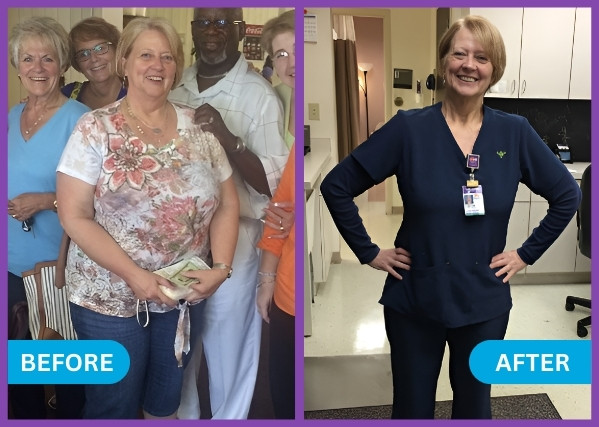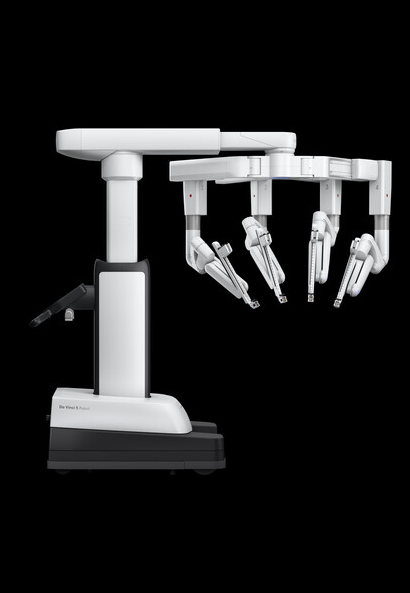
Benefits of Robotic Surgery
Robotic surgery offers a transformative approach to various surgical procedures, providing enhanced precision, control, and a quicker recovery for patients. At WellStar, we use state-of-the-art robotic systems to assist in surgeries, from robotic-assisted urologic surgery to robotic cardiac surgery and even complex neck surgery. These advanced robotic systems, such as the da Vinci Surgical System, offer minimally invasive options that help reduce the size of incisions, minimize pain, and speed up recovery time.One of the key benefits of robotic-assisted surgery is the ability to perform delicate operations with greater accuracy. Surgeons can use specialized robotic surgical instruments to make precise movements that would be challenging with traditional methods. This leads to fewer complications, less blood loss, and a faster recovery for patients, allowing them to return to their normal activities sooner.
Robotic-assisted surgery has proven particularly beneficial in robotic thoracic surgery, where the precision of the robotic systems aids in treating conditions like lung cancer with minimal invasiveness. Advanced technology also plays a crucial role in improving patient outcomes in urologic and cardiac surgeries, making it possible to perform complex procedures with less risk and quicker recovery times.
For those near Cobb County, Marietta, Austell, LaGrange, Augusta and West GA or Smyrna, WellStar's robotic surgery services offer patients access to world-class care that is designed to improve surgical outcomes and enhance quality of life. Whether you're seeking treatment for obesity or a chronic condition, robotic-assisted surgery could provide the solution you're looking for.
Why Choose WellStar for Robotic Surgery?
At WellStar, we understand the importance of selecting the right surgeon for robotic-assisted surgery, whether you're considering robotic cardiac surgery, urologic surgery, or other advanced surgical procedures near Cobb County and surrounding areas. Our skilled surgical team uses state-of-the-art robotic systems, such as the da Vinci Surgical System, to provide precise, minimally invasive procedures that enhance patient outcomes.We prioritize your comfort and safety throughout the entire process, from initial consultation to post-operative care. Our compassionate staff is dedicated to ensuring that you feel supported every step of the way. With WellStar’s advanced technology and expert care, robotic surgery recovery is faster, minimizing risks and promoting a smoother healing process.
We are more than just a surgery provider—we are a lifelong partner in your health journey. WellStar's team works closely with specialists, nutritionists, and physical therapists to offer comprehensive care and personalized guidance, ensuring you achieve the best possible results. Whether it's weight loss surgery, robotic gallbladder surgery, or other robot-assisted surgery, WellStar is committed to delivering the highest quality care to help you regain your health and quality of life.
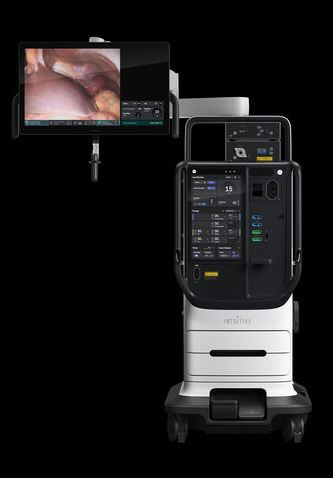
Start Your Transformation Today!
Begin your journey to lasting health and wellness! Book a consultation now to explore robotic surgery options and discover how we can support your goals for improved outcomes.
Contact UsOur program makes sure you are successful
-

Nutrition and Exercise Support
-

Pre and Post Surgical Support
Patient Success Stories
What is Robotic Surgery?
Discover how robotic-assisted surgery can enhance precision and improve patient outcomes for various conditions.
Robotic Surgery
Robotic-assisted surgery refers to the use of advanced robotic systems, such as the da Vinci Surgical System, to perform minimally invasive surgical procedures with greater precision and control. It enhances the capabilities of surgeons by providing better visualization, stability, and dexterity, resulting in improved outcomes and faster recovery times for patients. Robotic-assisted surgery can be used for a wide range of procedures, including urologic surgery, neck surgery, robotic thoracic surgery, and even complex cardiac surgeries. This cutting-edge technology allows surgeons to operate with increased accuracy and make smaller incisions, leading to less pain and quicker recovery times compared to traditional open surgery.
How It Works
Procedure: Robotic-assisted surgery works by using robotic surgical systems that are controlled by highly trained surgeons. These robotic systems allow for enhanced dexterity, smaller incisions, and greater precision during complex procedures.
Smaller Incisions
Unlike traditional surgery, where larger cuts are required, robotic systems make smaller incisions, which significantly reduces the risk of infection and promotes faster healing. The small incisions also result in less scarring.
Enhanced Precision
The da Vinci Surgical System, for example, is equipped with high-definition 3D vision and robotic arms that can mimic the movements of a surgeon’s hands. This allows for more accurate movements, even in hard-to-reach areas, such as the prostate during urologic surgery or the heart during robotic cardiac surgery.
Minimal Blood Loss
The precision of robotic surgery minimizes tissue damage, leading to less blood loss during the procedure. This reduces the need for blood transfusions and improves patient safety.
Faster Recovery
Robotic-assisted surgeries are minimally invasive, which results in reduced hospital stays and quicker recovery times. Patients often experience less pain, fewer complications, and a faster return to their normal activities.
Average Surgery Duration: The average time for a robotic-assisted surgery varies depending on the type of procedure. For example, robotic thoracic surgery or complex neck surgery may take anywhere from two to four hours. The exact duration depends on the complexity of the surgery and the surgeon’s expertise.
Recovery
Post-Operative Care: After a robotic-assisted procedure, most patients are able to go home within a day or two. The recovery time for robotic surgery is typically faster compared to traditional surgery because the incisions are smaller and less invasive. However, patients should follow their surgeon’s instructions carefully during the recovery period.
Full recovery usually takes about 4 to 6 weeks, during which patients gradually resume normal activities. A transition from a liquid diet to solid foods may also be necessary in some procedures, such as bariatric surgery. Adhering to post-operative guidelines will help ensure the best outcomes.
Potential Complications:
While robotic-assisted surgery offers numerous benefits, it’s important to be aware of potential complications:
Infection
Although robotic surgery reduces the risk of infection due to smaller incisions, any surgery still carries a risk of infection. Proper care of the surgical site is essential.
Nutritional Deficiencies
In some cases, patients who undergo surgeries such as gastric bypass or other weight loss surgeries may experience nutritional deficiencies due to altered digestion and absorption of nutrients.
Complications Specific to the Procedure
For certain surgeries like robotic cardiac surgery or urologic surgery, there may be specific risks, such as blood clots or complications related to the organs involved.
Long-Term Considerations:
Robotic-assisted surgeries typically result in faster healing, minimal scarring, and improved patient outcomes, including enhanced mobility and reduced pain. However, long-term results depend on the individual patient and their adherence to post-surgery instructions and lifestyle changes. For example, patients who undergo robotic bariatric surgery, such as gastric bypass or sleeve gastrectomy, can expect to lose 60-75% of their excess body weight within the first few years if they follow recommended dietary and exercise guidelines.
Whether it’s robotic thoracic surgery for lung conditions or robot-assisted urologic surgery for prostate cancer, the use of robotic systems has revolutionized the way surgeries are performed. By enhancing precision and reducing recovery time, robotic surgery provides a better option for many patients, allowing them to recover faster and return to their everyday lives more quickly.
FAQs About Robotic Surgery
BMI Calculator
Federal Guidelines for Healthy Weight
- Underweight. Your BMI is less than 18.5.
- Ideal Weight for Your Height. Your BMI is between 18.5 and 24.9.
- Overweight. Your BMI is between 25 and 29.9.
- Obese. Your BMI is 30 or greater.
Blogs
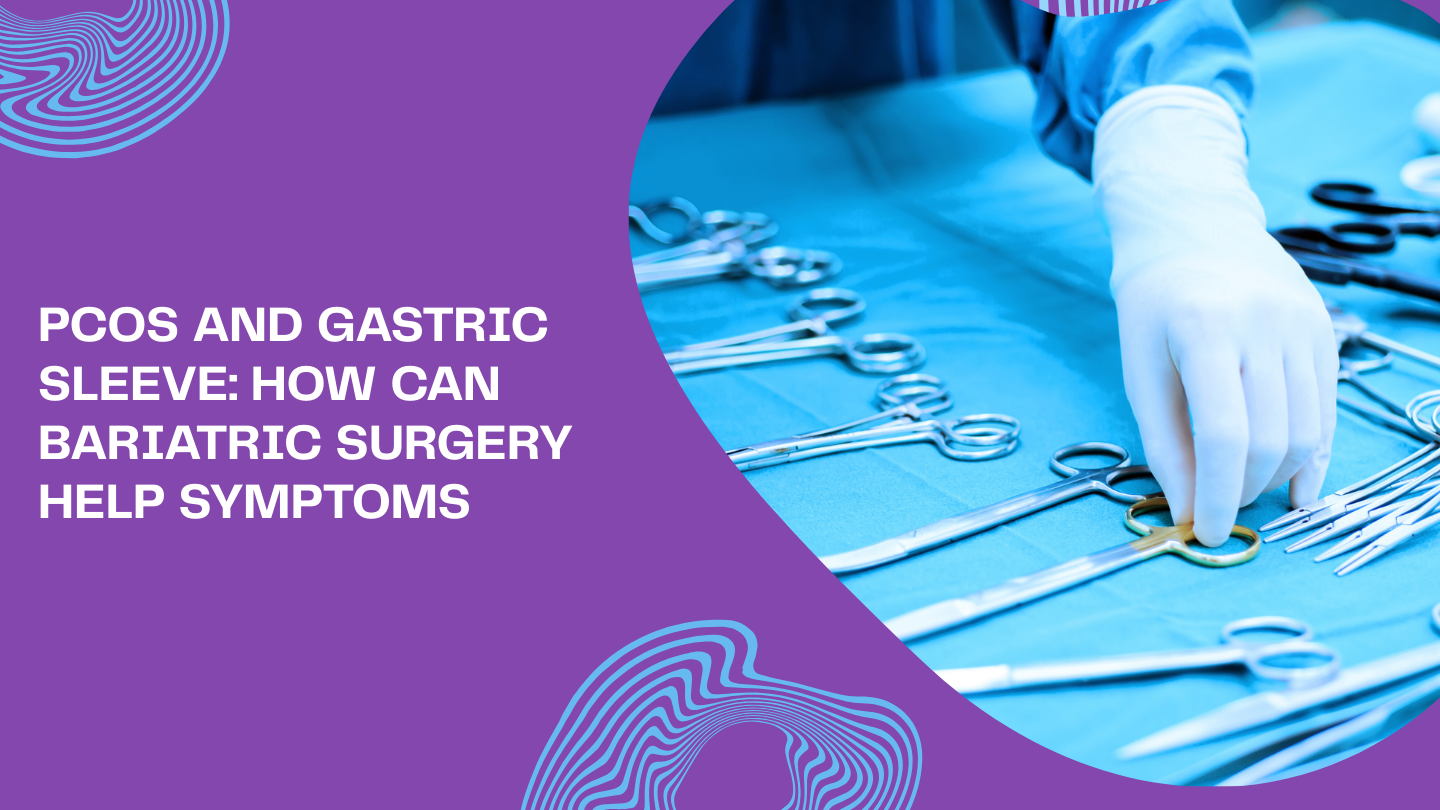
PCOS and Gastric Sleeve: How Can Bariatric Surgery Help Symptoms
For many women struggling with polycystic ovary syndrome, traditional weight loss methods and medic
Read More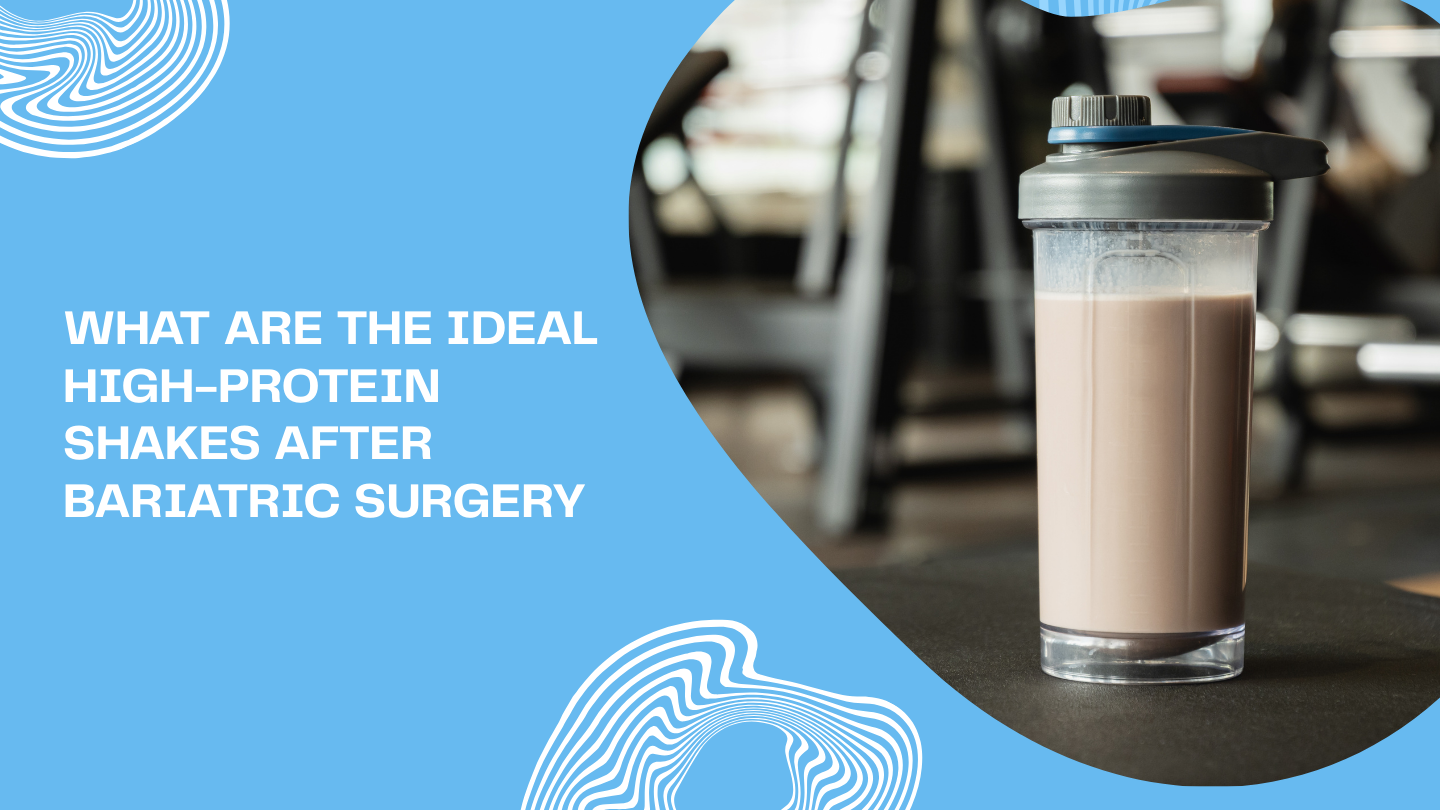
What Are the Ideal High-Protein Shakes After Bariatric Surgery
After bariatric surgery, meeting your daily protein requirements becomes both more critical and mo
Read More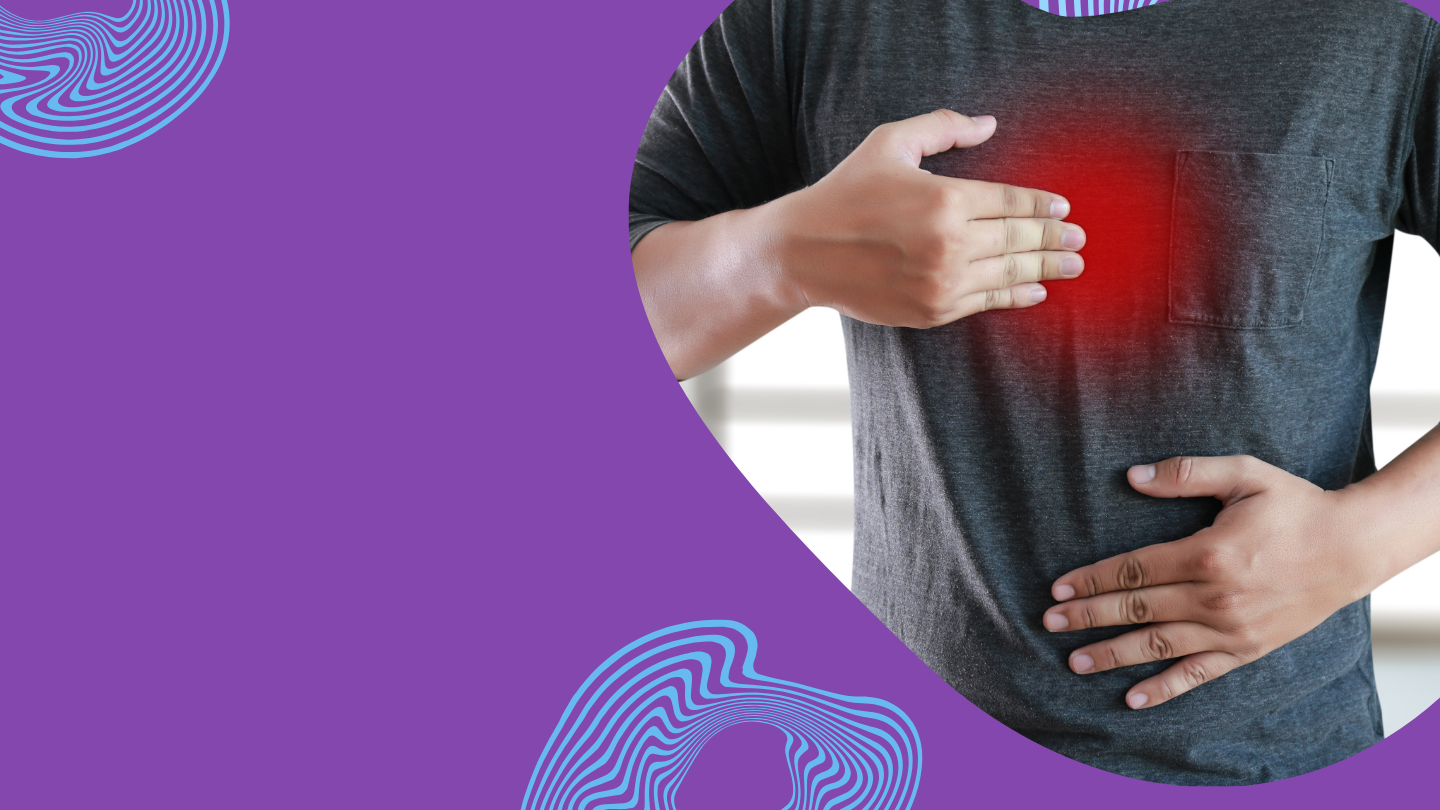
Is GERD Hereditary? Understanding the Risk Factors
Acid reflux is a common digestive issue, but for some people, it develops into a more persistent co
Read More




